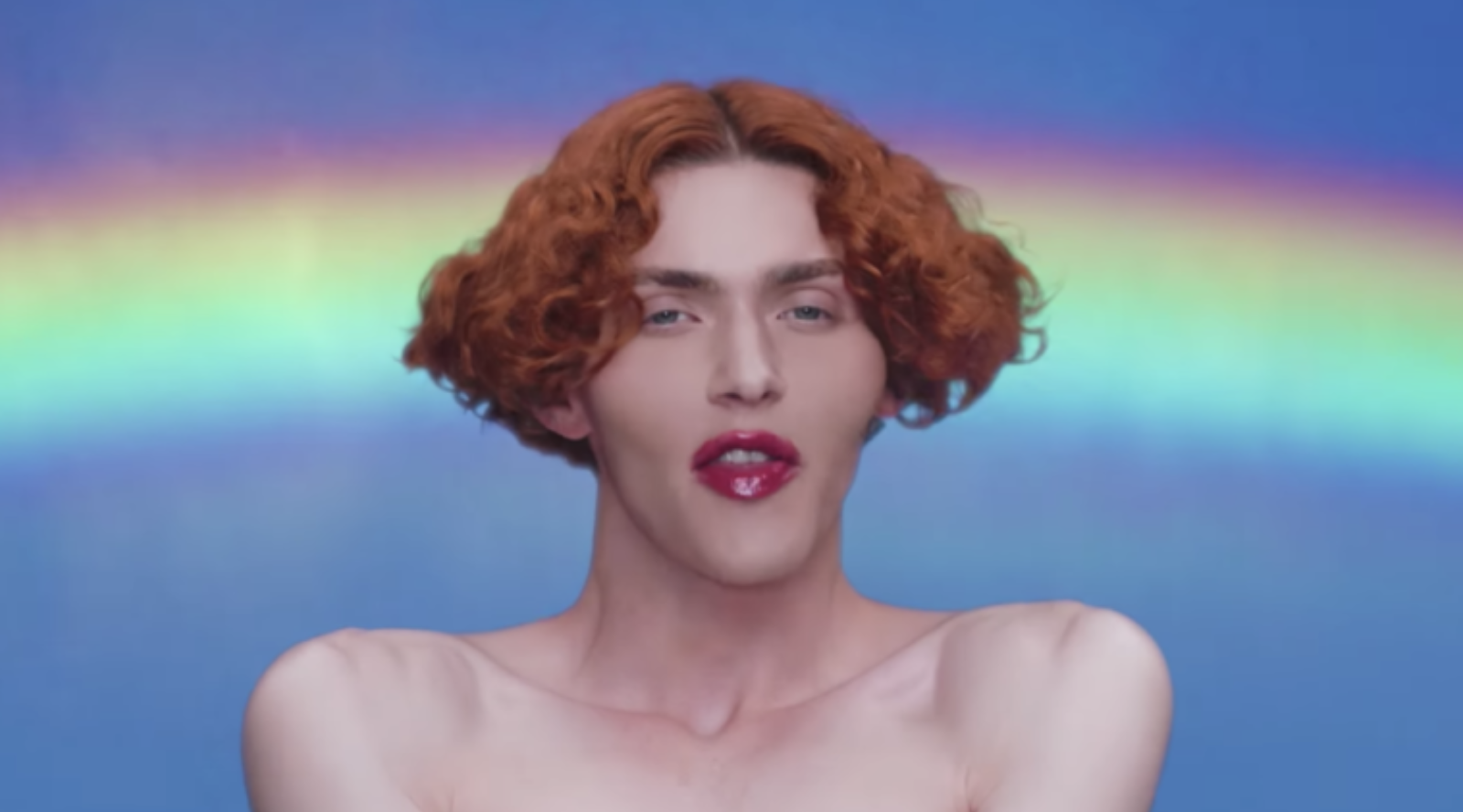By now, “Brat” summer is in full effect, with Charli XCX already dropping hints of more club classics, rave rat anthems, and indie sleaze lore. On all accounts, “Brat” is a mainstream resurrection of late-2000s electronic: streaks of dystonic Limewire raves with the XCX world of Hyperpop – the one the British musician has reinvented continuously since 2016’s razor-sharp Jodie Harsh and the late SOPHIE-produced “Vroom Vroom” EP, now dubbed a magnum opus within the eclectic genre.
So, what is Hyperpop? Ex-Girlpool member and budding fixture in the genre, Harmony, feels her solo foray is easily passed off as “absurd pop,” even though the bombastic sound also verbalizes her current philosophical and cultural obsessions. LA-based illustrator Sean Ellmore, who works with artists such as vixen Brooke Candy, also imparted “juicy” words of wisdom that encapsulate Hyperpop. He defines the subgenre as “taking pop music and throwing it in a blender, putting it on ‘pulse’ and recording it. Master it, make it sound wet and juicy.”
Contrary to popular belief, Spotify didn’t invent Hyperpop. However, they were the first popular streaming service to dedicate a playlist to championing undersung trailblazers long before anyone cared. On a deeper level, Hyperpop is a community love affair that hypothesizes the future of popular music – not pigeonholed to a singular sound – where pushing the extreme is both its norm, and the ultimate mainstream turn-off.
English producers A.G. Cook and SOPHIE are among the figureheads atop the Mount Rushmore of Hyperpop, popularizing the subgenre throughout the 2010s, partly through Cook’s prestigious label PC Music and its holster of innovative, underground talent and the latter’s landmark 2017 debut album, “OIL OF EVERY PEARL’S UN-INSIDES”. Since befriending Charli, the mastermind trio ditched her “Boom Clap” innocence to craft a Mona Lisa caricature within music. However, Charli’s label, Atlantic Records, admitted they didn’t know how to market her cutting-edge, experimental new sound. Instead, the music industry seemingly tested Hyperpop’s dissonant synth harmony a different route, with bigger artists, namely on the SOPHIE-produced 2015 Madonna single, “Bitch I’m Madonna,” and avoided the connection altogether.
“The point is that we wanted to change pop culture,” SOPHIE, whose posthumous album is set to release September 27, once told Office Magazine about her intention with Hyperpop, “make it more real, make it more weird-sounding, make it more authentic like Missy Elliot did in the past, like any decent pop star has done.”
Still, Charli’s almost-decade-long commitment to collaborating with underground royalty – including Dorian Electra, 100 gecs, Slayyyter, Rico Nasty, Rina Sawayama, and many more – matching nuanced visual aesthetics to her dynamic soundscape, and being a full-time “365 partygirl” raised a new generation of music disturbers. Since “Vroom Vroom”, she has been preparing society for something different, soft-launching lush synths and industrial hard-ons in small doses with Charli’s 2022 sellout record, “Crash”– the necessary prerequisite for 2024’s clubbier, “Brat”, aka Hyperpop’s trojan horse into mainstream domination.
However, it’s a healthy reminder that the juggernaut genre was a term first coined by journalist Don Shewey while describing the Scottish band Cocou Twins. In conversation with music manager Noah Simon, he also expands on the genesis of Hyperpop, a topic he thoroughly demystified via his many multi-part YouTube deep-dives that wormed their way into stan Twitter (now known as “X”)-virality during the pandemic lockdown. “The roots and soundscapes of Hyperpop roots sorta belonged to “early internet” music, the MySpace scene, and that existed outside of Charli XCX or A.G. Cook,” Simon said. The Connecticut native enjoyed some free time before meeting emerging artist RYL0 in the studio. “Microgenres like Nightcore and ‘non-stop pop’, music played at [the online music venue] SPF420 snowballed into each other, landed on SoundCould, and somehow got the ‘Hyperpop’ label. Hyperpop was all these different, earlier internet community cultures that didn’t necessarily begin with A.G. Cook or [his label] PC Music.”
If anything, Ellmore, who is better known for his pop culture painting lessons on TikTok, which have amassed nearly 500,000 followers and 27 million likes on the platform alone, looks to Black Eyed Peas as an inaugural Hyperpop awakening. “I genuinely think we wouldn’t have hyperpop if we didn’t have The Black Eyed Peas’ ‘The E.N.D’ (2009) because of the amount of autotune, synthy sounds and just balls-to-the-walls experimenting,” Ellmore said, who was coincidentally among the insanely cool crowd at Charli XCX’s 32nd birthday party, alongside the likes of Lorde, Billie Eilish, Sabrina Carpenter and more. Other pop culture relics have influenced the many colors of Hyperpop: for example, Cook credited his production work on Charli’s “Number 1 Angel” (2017) as directly inspired by Britney Spears’s “Femme Fatale” (2011).
Since the rise of TikTok, Hyperpop has been synonymous with “scene” music – more categorized as My Space’s dark-electronic pop sound a la Spears’s 2007 cub hit “Gimme More” – and became one of the platform’s long-living trends that turned profitable. Spanish performer Rosalia notably cashed in on the trend with her 2022 junior album, “MOTOMAMI”, which made many year-end lists thanks to the fresh commercial edge from acclaimed Venezuelan-born experimental producer Arca.
However, as many mainstream talent tuned into the “now” moment, such as Camilla Cabello’s recent album “C,XOXO”– a predominately hip-hop-influenced record with Hyperpop flares– it became evident that labels were half-empty attempts at understanding the latest “buzzword”, according to Simon. “In my video on Hyperpop origins, I predicted that as Hyperpop became a major label buzzword and got absorbed into the mainstream, it would lose its subcultural edge and popularity. Once something becomes too popular, it’s no longer seen as cool, and people—especially the younger generation—move on.”
“In 2020, Hyperpop was defined by loud, abrasive sounds, metallic snares, distortion, and pitched-up vocals. It was at its cultural peak, with a dedicated Spotify playlist highlighting its prominence,” Simon continues. “But four years later, that specific sound has largely faded; it’s more abstract and falls under the umbrella of experimental pop music. Even these glossy, Y2K-inspired visuals were a big part of Hyperpop five years ago and have now been adopted by more prominent artists in the music industry and are somewhat disconnected from their beginnings.” Ellmore even echoes Simon’s sentiments, saying it’s “cool” that the mainstream is catching on to what the kids want to hear; however, Cabello is “just trying on the aesthetic for fun” compared to Katy Perry’s newest song dance album, “143”, enlists producers “who make the Hyperpop sound” like Slush Puppy (Kim Petras, Brooke Candy).
During its half-decade ascent, Hyperpop had many faces to fit into “pop” music, acclimating audiences at large for something bigger. With “Brat”, Charli pulled back the fillers, delivering an unapologetic and bold tour-de-force record that is HyperPop with a capital “P.” Though it didn’t top the Billboard 200 album chart, it went No. 1 in the subculture’s heart, longtime synth-loving acolytes who prayed for the subgenre’s worldwide acclaim even without the “cool” stamp-of-approval. Hyperpop isn’t important now because of Charli. Hyperpop is important because Charli’s record popped the lid on an underrepresented genre that made avant-garde music and its dedicated community, who always had the power to make “brat green” a cultural phenomenon since 2018.


Leave a Reply